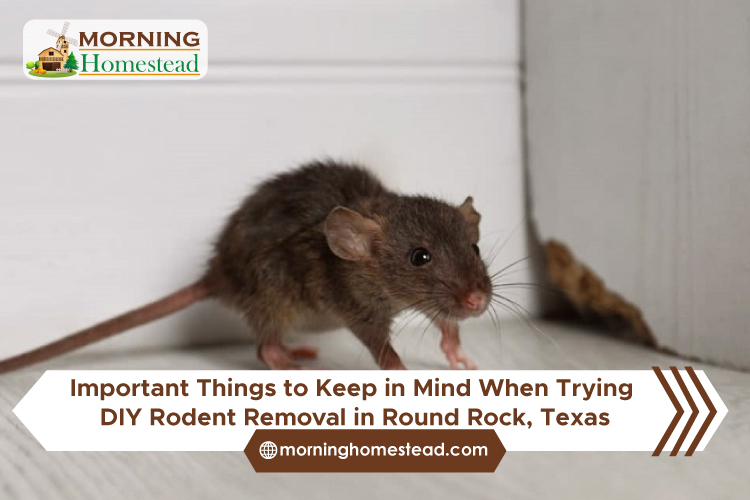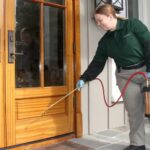Last Updated on July 25, 2024 by Georgie Smith
As a homeowner, you may be concerned about rodents roaming around the attic or scurrying around the house at night. This possibility is terrifying to think about. Nobody wants to have rodents inside their house; however, if you notice the signs, you must act immediately. Rodents such as mice and rats carry bacteria and germs as well as pose a health threat to people. That is why you want to take Round Rock, TX pest control seriously and do not rely on DIY rodent removal. However, if you really have to do it yourself, do it properly. The following are dos and don’ts to keep in mind when getting rid of rodents on your own.
Common Rodents that Invade Homes
Your house may attract rodents such as mice and rats, depending on some factors. Mice tend to move fast and can hide in different nooks and crannies. Rats are bigger than mice, featuring a muscular build. These rodents are also more aggressive. Both pests will enter your house to find food, shelter, water, and nesting materials. Sadly, once they have invaded your space, they can cause damage. Mice and rats leave waste behind, spreading diseases to your loved ones and pets. They are prolific breeders. Did you know that one female rat can produce up to five litters every year? Every litter can have up to seven babies. Once rodents have taken up residence in your house for a long time, they can quickly reproduce and overwhelm the space. This is the reason you must eliminate them once you detect their presence.
How to Spot a Rodent Invasion
Each kind of vermin leaves behind some signs of their presence. Below are common signs you can look for:
- Droppings and urine. Rodents leave behind droppings wherever they go. Their feces look like pencil graphite. You can find them in the cupboards, kitchen floor, or pantry.
- Drywalls debris. Rodents are quite destructive and usually chew through plastic, drywall, and other materials available in your house. If you spot dusty particles or bits of drywalls on the floor, this may be caused by rodents. Find small homes in the walls and under cabinets.
- Noises. Rodents may scurry around in the attic or walls. They create noises such as squeaks or scratches when they move around. Hearing such kinds of sound prompts an investigation.
Common Rodent Removal Method
A mousetrap is a common DIY pest control solution. The majority of traps come with a pressure plate and a wooden base. The plate triggers a bar that quickly snaps, trapping and killing the rodent. When using a mousetrap here are tips to keep in mind:
- Placement. Rodents usually run alongside, so they cannot be detected. Traps must be placed under the kitchen counter or along the wall of the hallway.
- Correct sizing. You will need bigger traps for rats than you will for mice. A big trap cannot capture a small mouse. Also, bigger rodents can break away from a smaller trap unharmed. If you are aware of the kind of rodents you want to trap, purchase the right trap size.
- Safety. A traditional mouse trap does not require the use of bait. Indeed, setting bait can be risky.
While you may try DIY rodent solutions, you can more effectively eliminate rodents from your home with the help of professional exterminators. These professionals understand how rodents live, hide, and eat and can eliminate them completely. They know exactly where to find rodent nests and set baits and traps that work. Also, they can provide you with peace of mind as you know they can address your rodent problem and offer a permanent solution to it.





